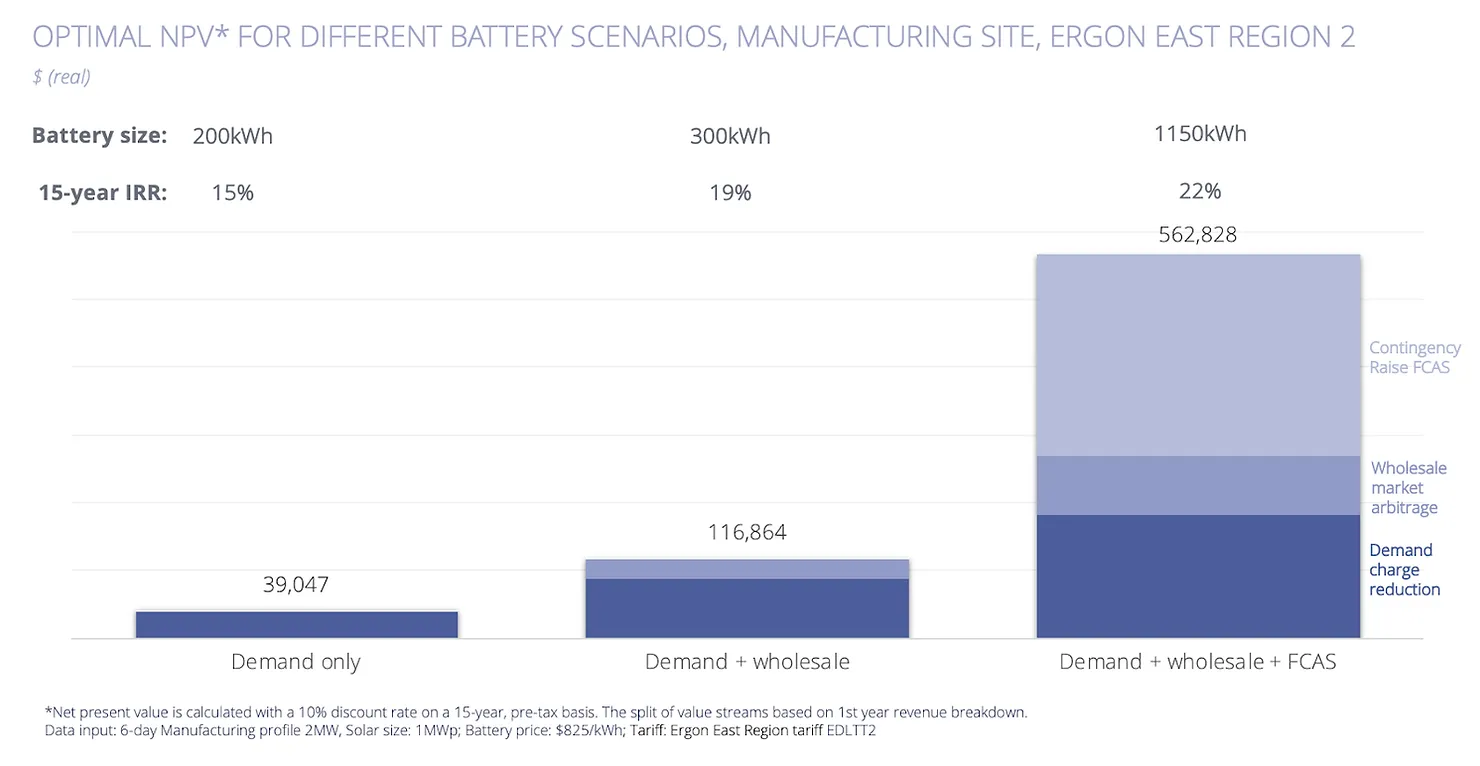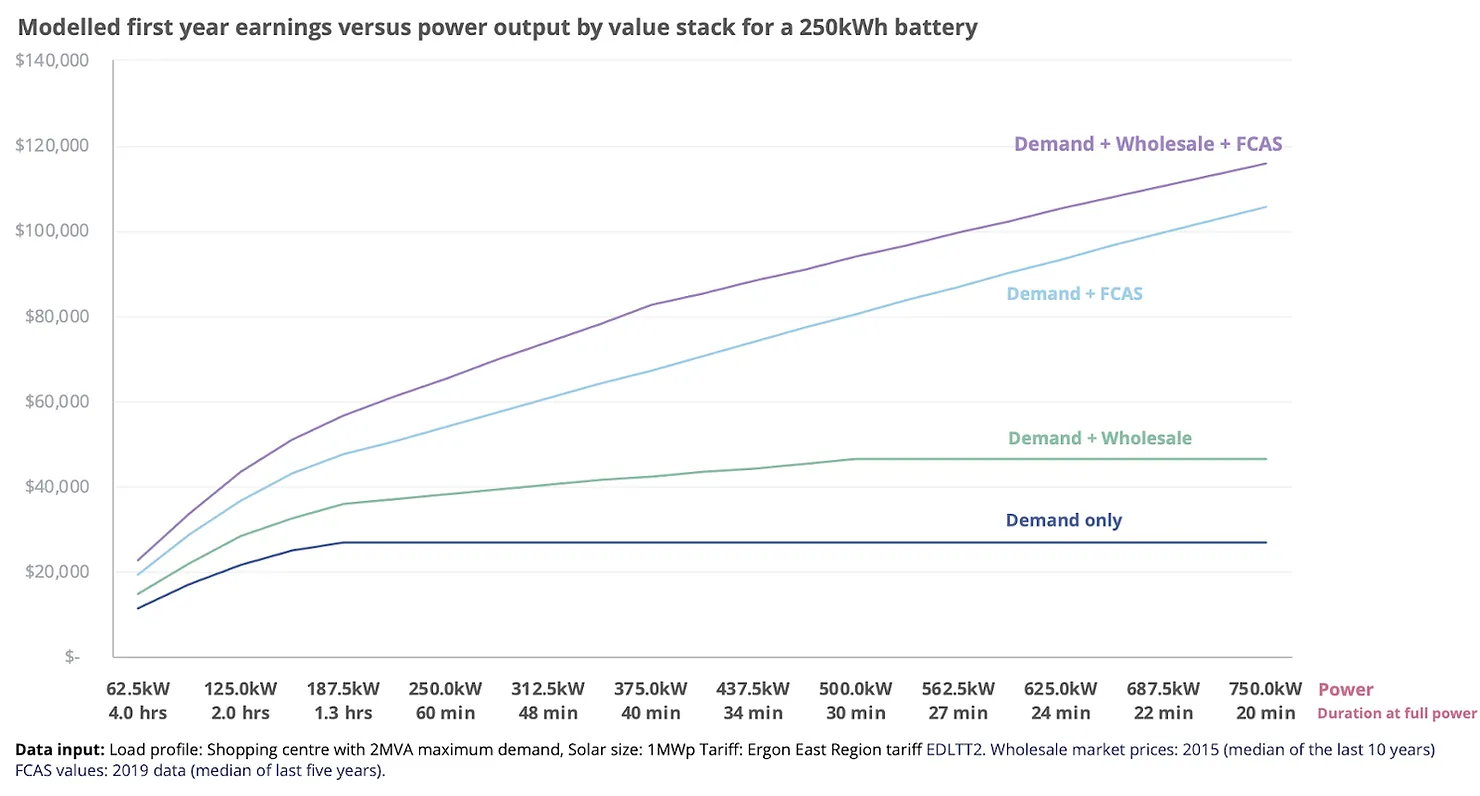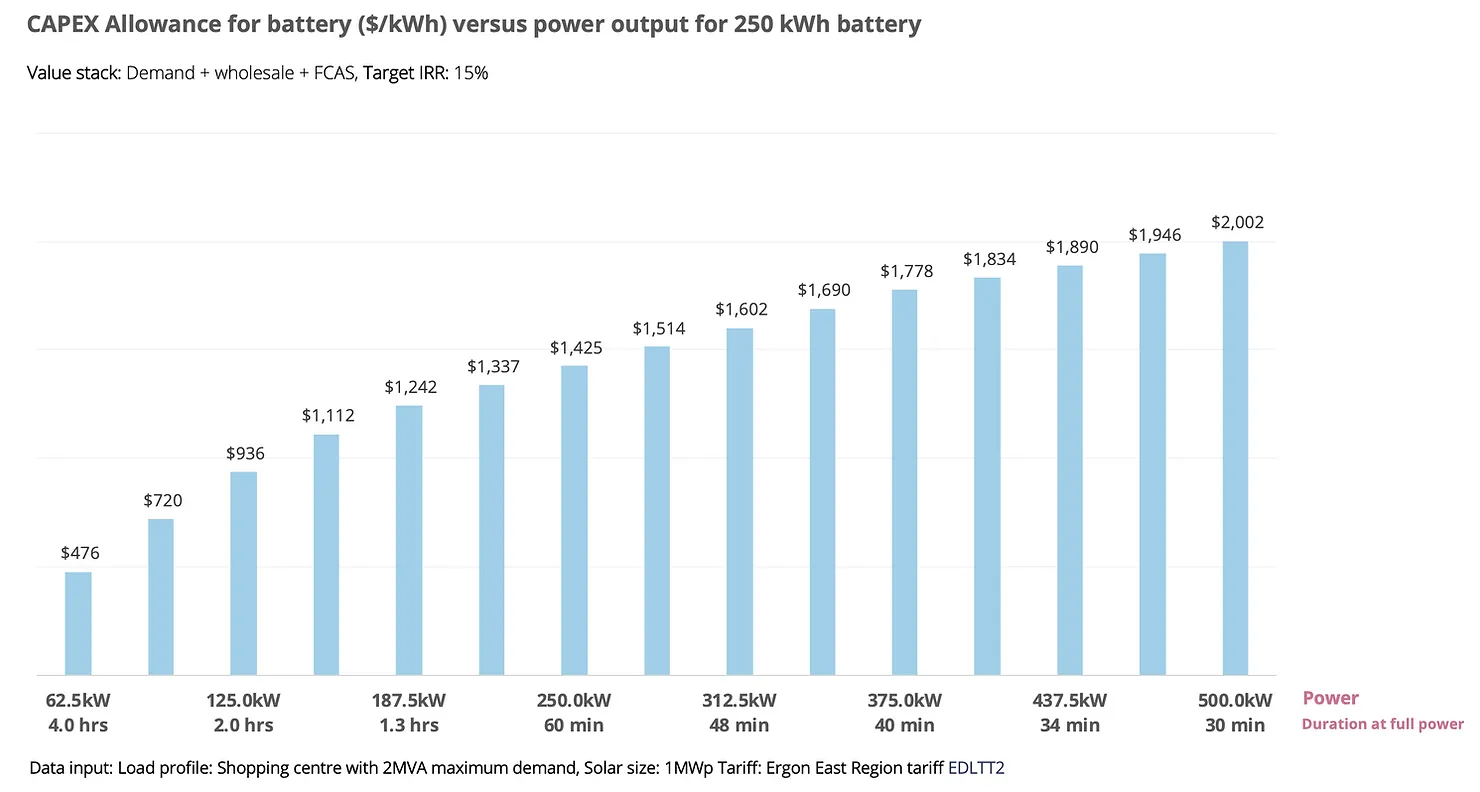Blog /
Industry Insights
What is the right price for a C&I battery in 2020?
October 25, 2022
Updated: Oct 25, 2022
Originally published on newenergy.ventures (Orkestra's predecessor).
Battery costs have been coming down dramatically in recent years with many people waiting for the “right price”. Bloomberg New Energy Finance reported last year that battery prices have dropped 76% since 2012. But the range of battery prices in the market is very wide. We are aware of prices as low as $680/kWh and as high as $1500/kWh. New Energy Ventures is currently running a Dutch Auction (descending price auction) for high-spec PowerTec batteries where the starting price is $1250/kWh.
With such a wide range of prices, how much should one pay for a battery? We set out to answer this question as per a new report on the best places for C&I batteries in Australia.
First – not all batteries are equal
The technical specification of a battery can vary greatly. A few things to consider are:
- The chemistry of the battery pack
- Is it a turn-key package or are other components required?
- What value streams is the battery capable of unlocking?
- What is the power-rating / duration of the battery?
It may come as no surprise that batteries which are turn-key have controls capable of tapping into multiple value streams and are generally much more valuable than batteries whose only purpose is just for solar storage or back-up power.
The “useful” cost metric for batteries of $/kWh is unfortunately not useful at all if you don’t compare apples with apples.
A more expensive battery capable of more things may lead to a better return on investment than a cheaper battery.
Second – more value unlocked likely means a bigger battery budget
In general, vendors and customers of batteries are still coming to terms with everything you can do with a battery. It’s a lot to get your head around and the modelling of the value is not a trivial task. An effective battery value stack will have multiple components that are complementary. A complementary battery value stack will have elements that build on each other rather than fight for value. For example, complementary value streams may have the same ideal state-of-charge.
Below is a comparison of three different value stacks and the optimal battery size (as set by the peak NPV value). We considered three value streams: demand change reduction (“demand”), wholesale market arbitrage (“wholesale”) and participation in the three contigency raise FCAS markets (“FCAS”). For this analysis the battery price was held at a constant $825/kWh so as to demonstrate the point.
There are a few key takeaways here:
- There are good opportunities in Australia today for batteries in C&I applications
- Batteries can be sized much bigger when they are tapping into more value streams
- The higher value revenue streams enabled by a higher spec’d battery is more than enough to cover the higher costs associated with that battery.

Third – higher-powered batteries are more valuable for applications that need lots of energy fast
So, more value in the stack leads to bigger batteries. What about power output? We ran the numbers for this also. Below is a chart showing modelled first-year earnings versus power output, by value stack, for a 250kWh battery.
The key takeaway here is that higher-powered / shorter duration batteries will generate more revenue where the task requires delivering as much energy or power as possible in a short period (e.g. one interval).

And lastly, you can pay more for higher-powered batteries without eroding financial return.
In our final chart, we have looked at how much you might pay for higher versus lower powered batteries, holding the financial return constant. Below shows the CAPEX allowance for a battery versus different power outputs while aiming for a 15-year pre-tax internal rate of return (IRR) of 15%. This chart clearly shows that you can and should have a higher-willingness to pay for higher-powered, shorter-duration batteries.

What is the right price for a battery in 2020?
This is probably not the answer you want to hear - it depends on your load, and what you want to do with your battery! But in general, a higher spec battery will allow you to tap more value streams and revenues, and therefore your willingness to pay should be higher.
Disclaimer: While the trends will be consistent, the values in these charts will change depending on the load, solar, tariff, battery selection and jurisdiction. This article is intended to be informational in nature and should be construed as business advice.

